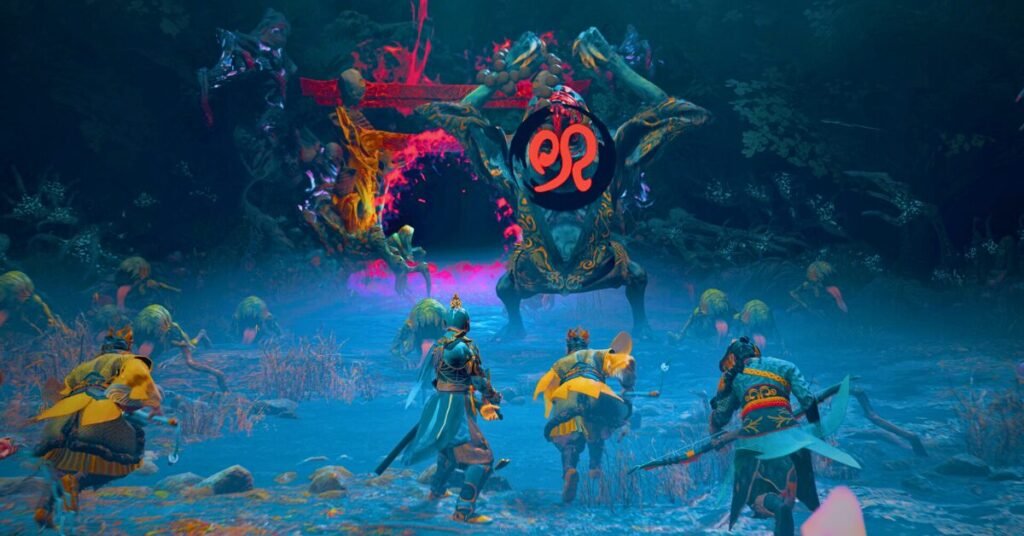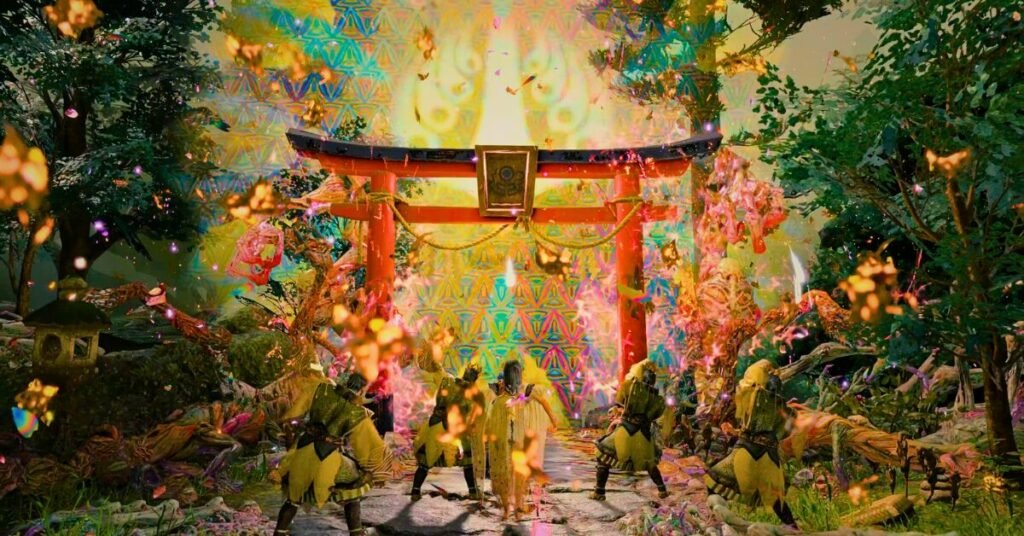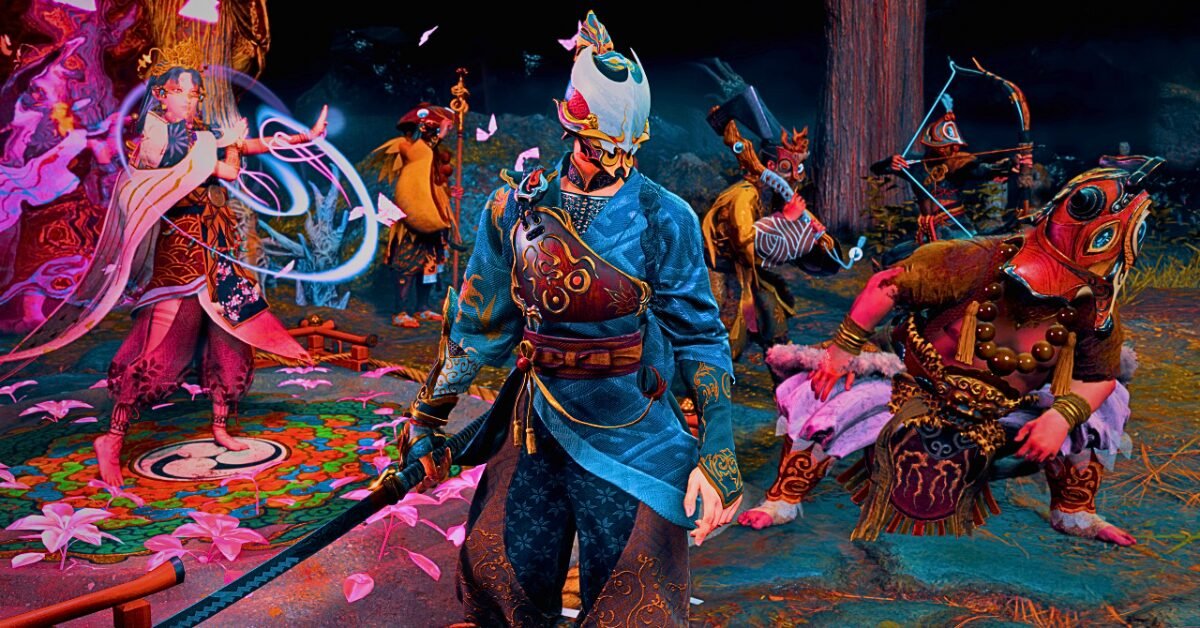Capcom’s Kunitsu-Gami: Path of the Goddess is a hidden gem, blending Japanese folklore with tactical gameplay in a real-time strategy model. Unlike flashy 2024 releases like Dragon’s Dogma 2 or Dead Rising Remaster, it flew under the radar, overshadowed by mainstream titles despite its cultural depth. Sadly, Capcom admitted the game didn’t meet sales expectations, making its brilliance almost tragic.
Kunitsu-Gami: Path of the Goddess puts players in the shoes of Soh, a warrior protecting the divine maiden, Yoshiro, on a mission to purify a cursed mountain. Combining worker-management strategy with tower defense mechanics, players assign villagers to roles like Archer and Sumo to defend against monsters from Japanese folklore. Each night, the dance to purify the gate adds a unique twist. Personally, I love how this game blends old-school real-time strategy with fresh ideas, something that big publishers no longer dare to make.
Table of Contents
Classic Design

Kunitsu-Gami: Path of the Goddess offers a refreshing break from modern games filled with endless DLC and in-game purchases. With a single free Okami-themed DLC and a purchasable soundtrack, the game stands out for its simplicity and focus on pure strategy. The linear gameplay, rich folklore, and absence of monetization provide a nostalgic return to the classic, unadulterated gaming experience. Despite its 20-year delay, it’s a gem that proves there’s still a place for games like this in today’s market.
Traditional Art

Kunitsu-Gami: Path of the Goddess immerses players in Japanese folklore and tradition, with gameplay inspired by the Kagura ritual dance and yokai designs from woodblock prints. Unlike immersive worlds like Nioh or Ghost of Tsushima, the game feels like a diorama, emphasizing historical accuracy in architecture, clothing, and even food. The soundtrack blends traditional Japanese instruments with modern ones, while real-world confections are scanned into the game for added authenticity. As a fan of Japanese art and folklore, I appreciate how the game captures these traditions in a modern format while staying true to its roots.

